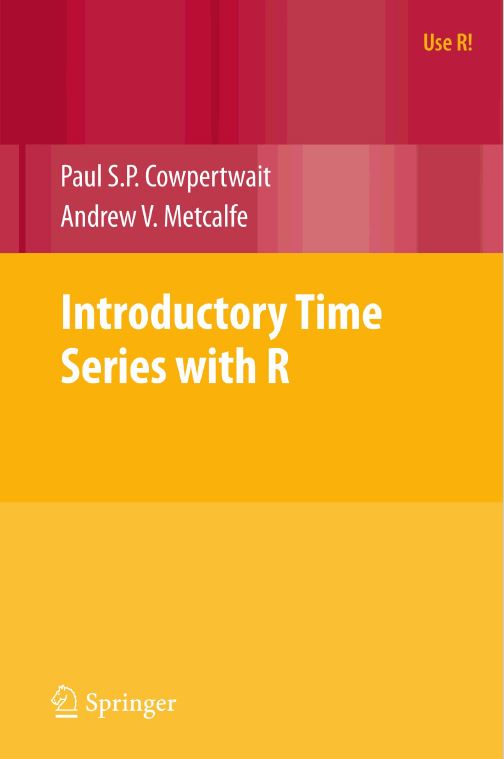Currently Reading
Run Related Probability Functions by Galit Shmueli
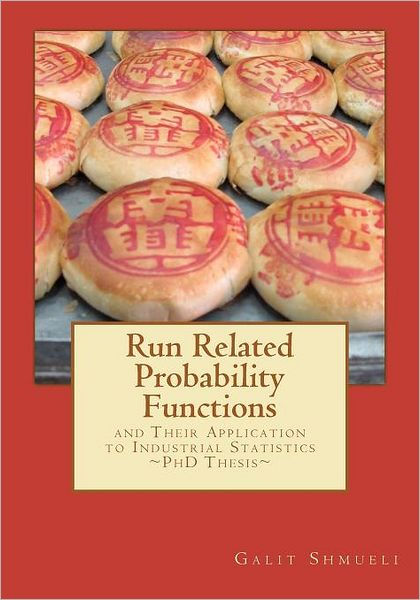
Some of my previous actuarial exams dealt with run related probability functions in a limited capacity. I thought it would interesting to revisit this material in more depth and read something with a statistical focus, as opposed to the code-heavy books that I tend to favor.
Previous
December 2022
Practical Time Series Forecasting with R by Galit Shmueli and Kenneth C. Lichtetndahl Jr.
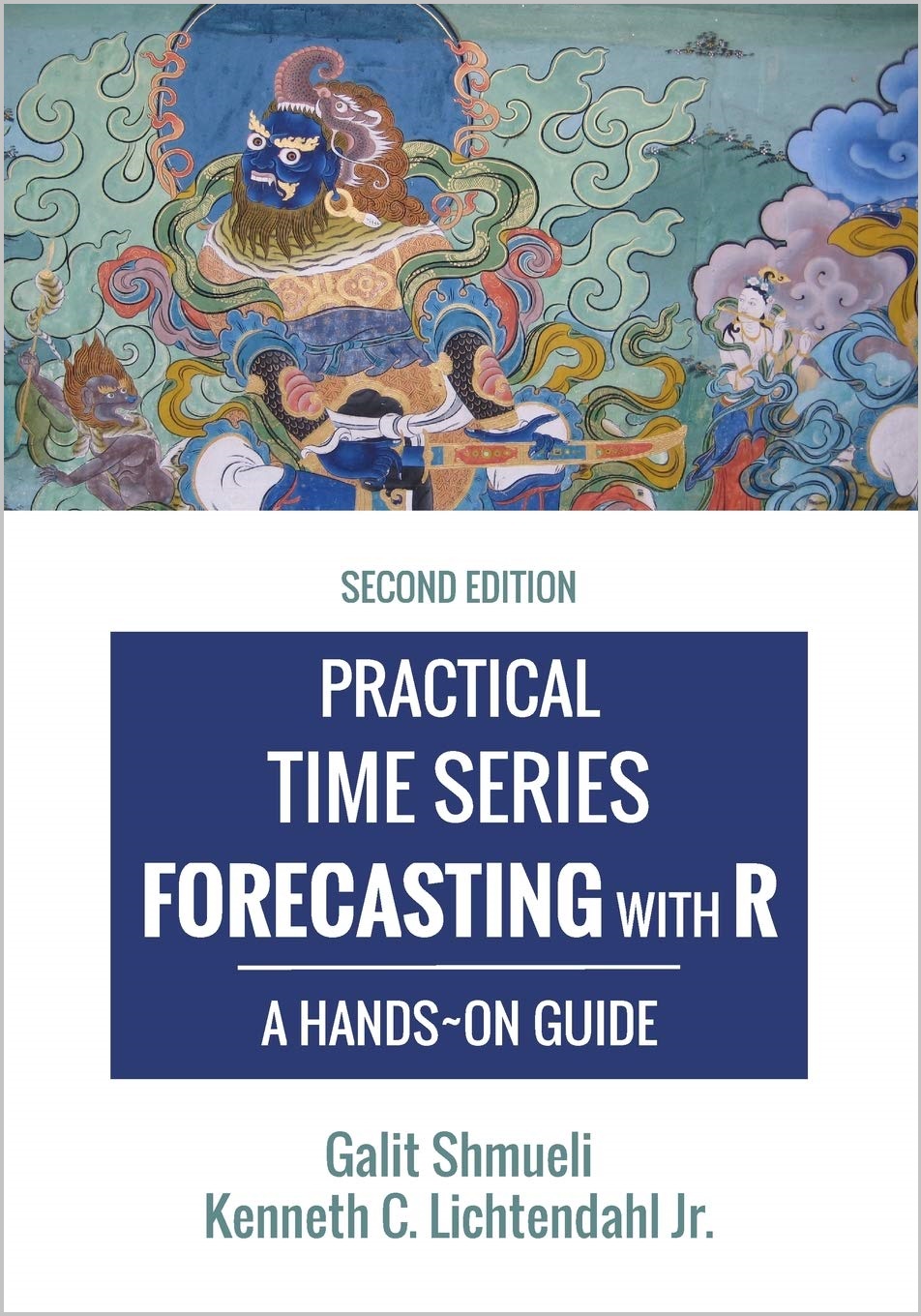
Galit Shmueli co-wrote a fantastic book called Data Mining for Business Analytics that we used in my Master’s program. She really excels at explaining complex topics in a way that’s easy to understand. I had always wanted to learn more about time series forecasting, so I was extremely pleased to see that Dr. Shmueli had written on this topic.
February 2022
Practical Statistics for Data Scientists by Peter Bruce, Andrew Bruce, and Peter Gedeck

Practical Statistics for Data Scientists contains information on many data science techniques, with example code in both Python and R. I primarily use R, but I know that Python may someday be necessary or convenient, and this book should help get me started if I ever make that switch.
September 2021
R for Data Science by Garrett Grolemund and Hadley Wickham

I learned R and various data science techniques through my Master’s program, but I wanted to supplement my education with additional reading. This book had more of a data manipulation focus than true data science, but it still proved useful due to its focus on the tidyverse. My Master’s education primarily focused on coding using Base R, so it was interesting to compare and contrast the two methods.
February 2021
Text Mining with R: A Tidy Approach by David Robinson and Julia Silge

I had had this book for a while and had used bits and pieces of it before, but I thought it was time for a more thorough reading. I was working on a text analysis project at the time, so the timing seemed apropos.
September 2020
Grokking Deep Learning by Andrew W. Trask
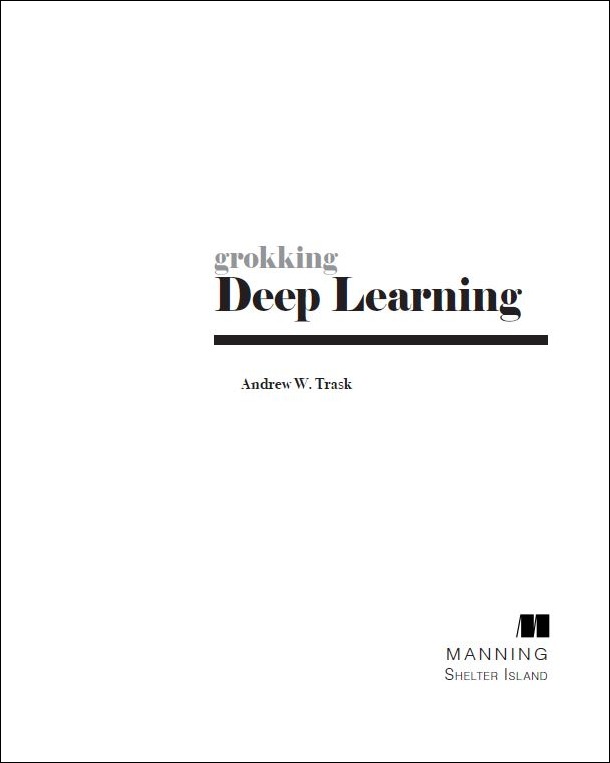
With deep learning becoming ever more popular, I thought it would be wise to review the information and strengthen my knowledge of the topic. The author does an amazing job of breaking complex mathematics down into simple structures and concepts. I would recommend this book to just about anyone with an interest in neural networks.
July 2020
Introductory Time Series with R by Paul S.P. Cowpertwait & Andrew V. Metcalfe
Unfortunately, time series analysis was not part of my Master’s program. The University was putting together a class, but it didn’t launch before I graduated. I hoped this book would fill in that gap. Not all of the information was useful for what I will probably use this topic for, but the book provided some solid, basic time series code for my code repository.
May 2020
Improving Survey Questions by Floyd J. Fowler, Jr.
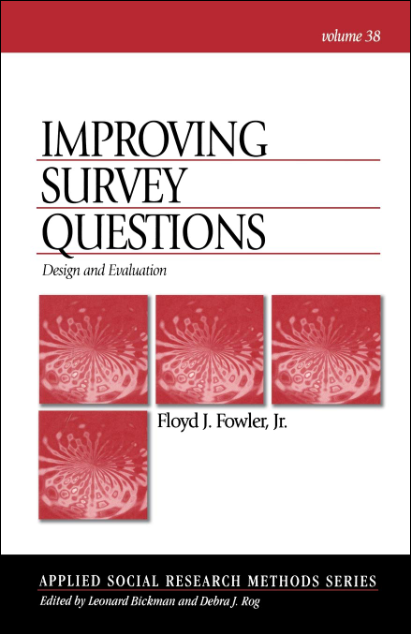
It is often difficult to explain the principles of survey design to vested parties, as it is such a niche field that many people assume that there are no set principles. I picked this book up, because I want to have solid justification for the recommendations and decisions I make when it comes to surveying.

